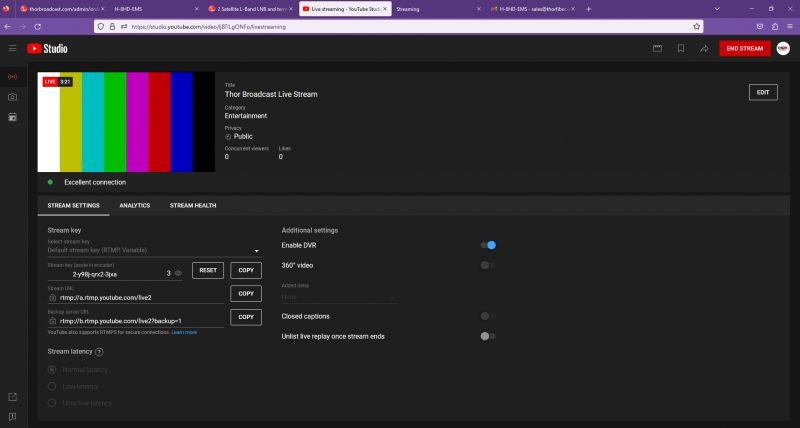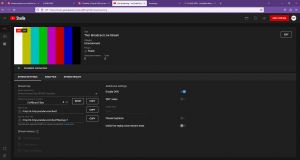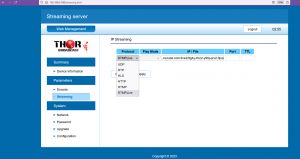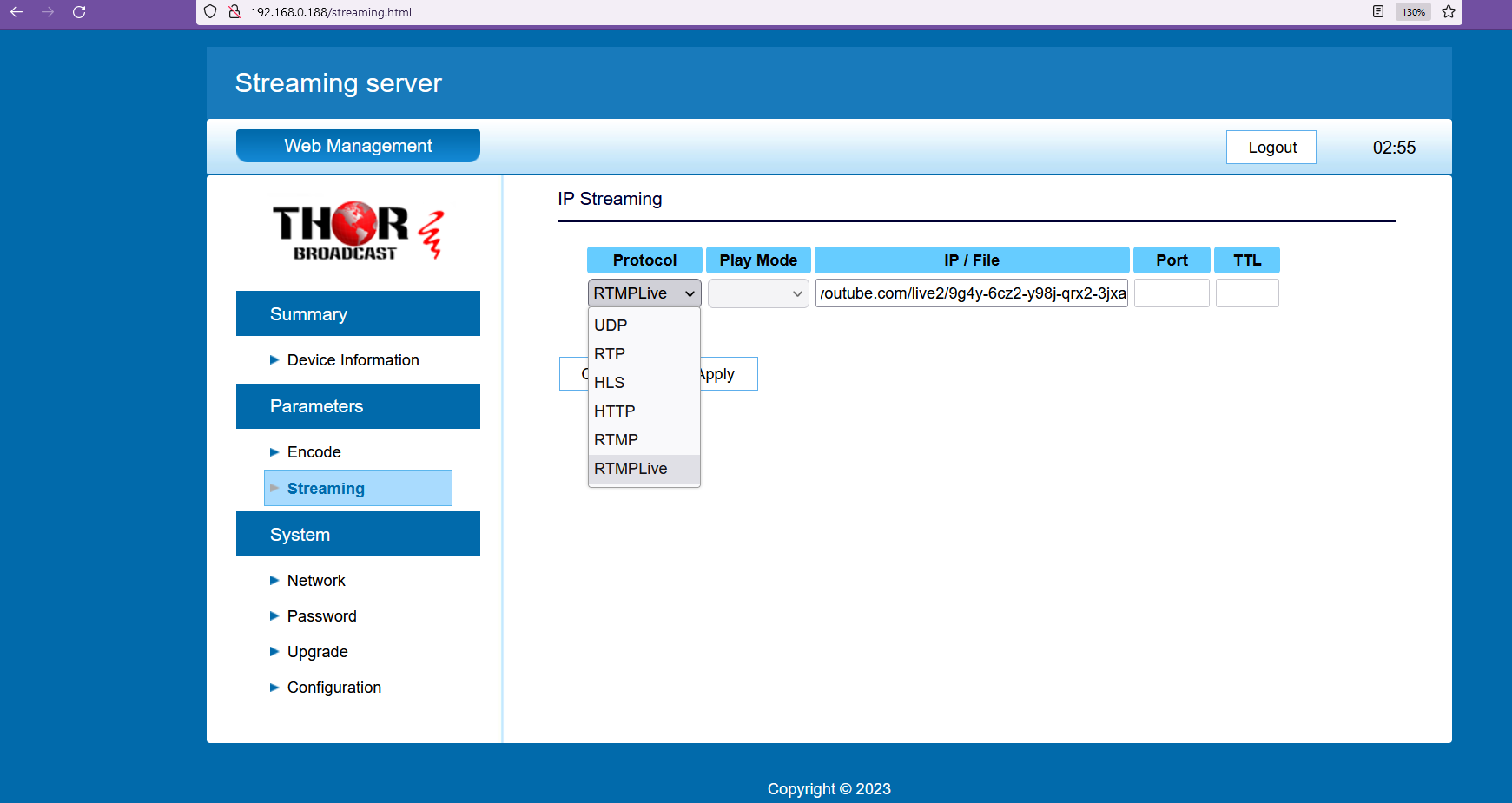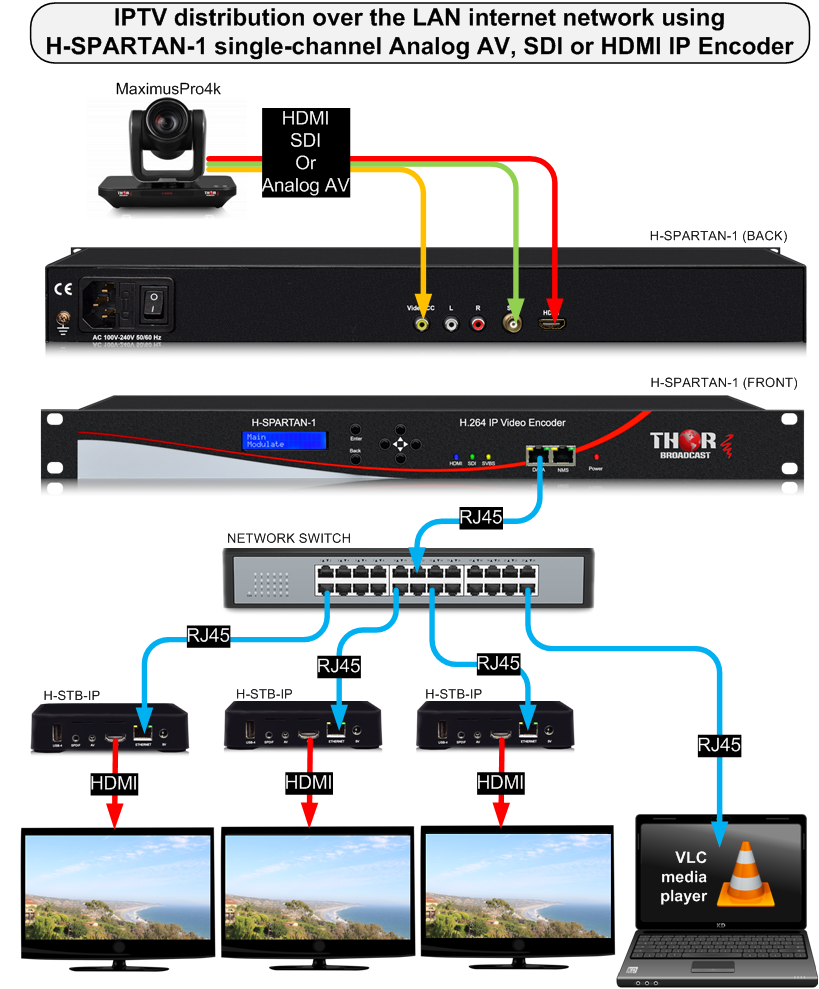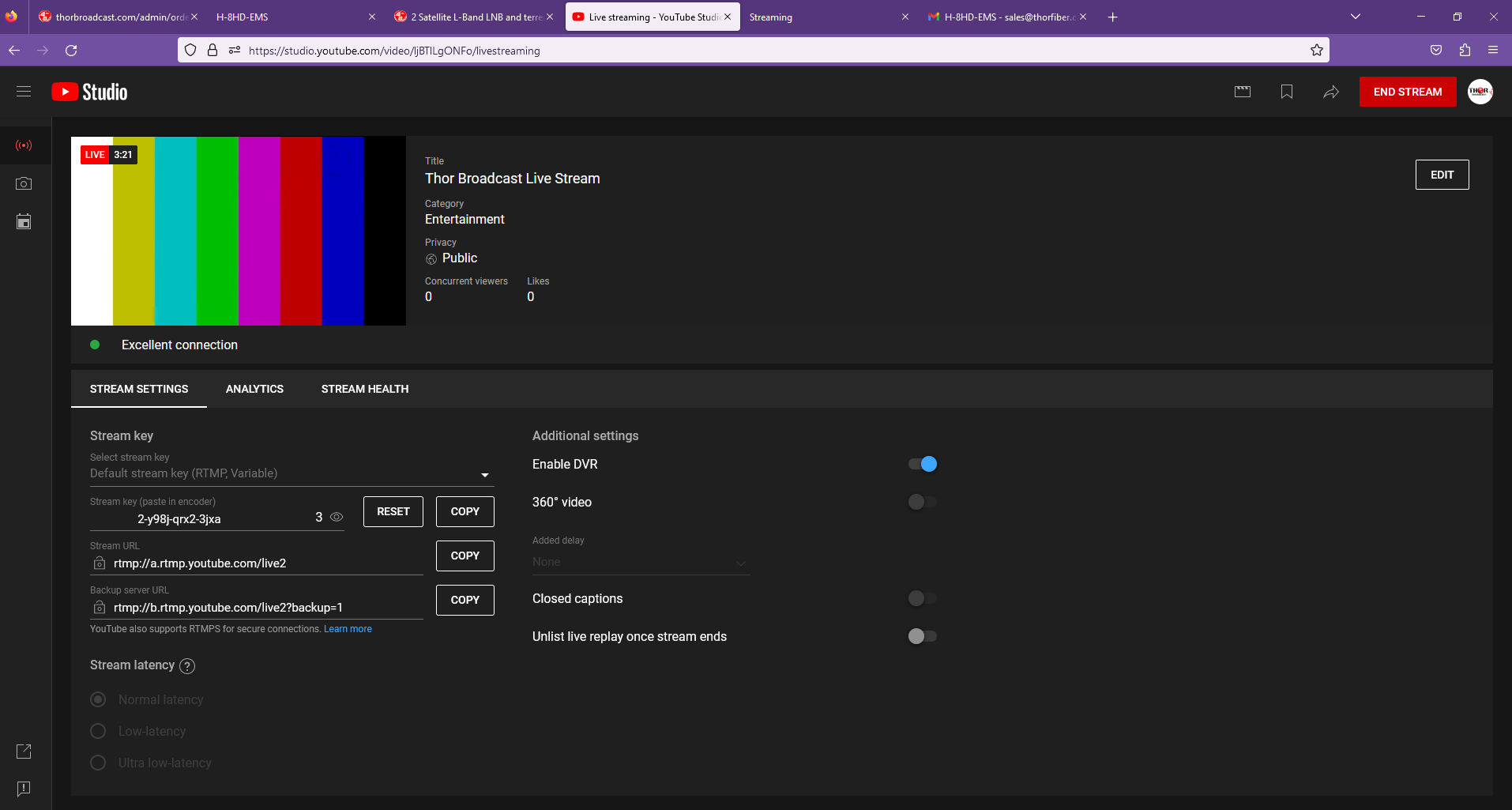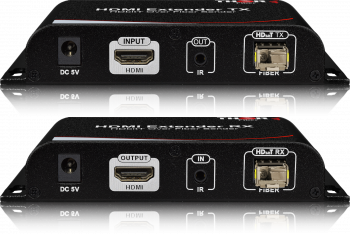Answer: For UDP multicast video streams, the GOP structure is important to balance bandwidth efficiency and error resilience. Since UDP does not guarantee packet delivery, a careful GOP setup can help mitigate quality issues if packets are lost.
Recommended GOP for UDP Multicast:
- GOP Length: A shorter GOP (e.g., 30-60 frames) is often recommended. A shorter GOP reduces the amount of data lost if an I-frame is missing, since new I-frames are more frequent.
- B-frames: Keep B-frames to a minimum, typically 2-3. B-frames can add latency and may complicate recovery from lost packets since they rely on both past and future frames.
- P-frames: 1 P-frame after every I-frame is standard. P-frames are more resilient than B-frames but still offer compression.
For multicast scenarios, particularly in cases where packet loss is common, reducing the GOP length and being conservative with B-frames can help ensure the stream remains watchable even when some data is lost. You might start with something like:
- GOP size: 30
- B-frames: 2
- P-frames: 1
This will provide a balance between efficiency and robustness in the network. You can adjust these settings depending on the quality of your network and the content type.
Are you trying to troubleshoot a specific issue or just optimizing the setup?
For RTSP (Real-Time Streaming Protocol), the GOP settings can be a bit more flexible than UDP multicast because RTSP typically uses TCP for control messages and can recover from packet loss (especially if RTSP is paired with RTP over TCP or adaptive buffering techniques). However, network conditions and latency are still important factors to consider, especially for live streaming.
Recommended GOP for RTSP:
- GOP Length: A medium-length GOP (e.g., 60-120 frames) can be suitable, since RTSP can recover from errors better than UDP. A longer GOP improves compression efficiency, reducing bandwidth.
- B-frames: You can use 2-3 B-frames comfortably with RTSP since there's less risk of missing critical data in a reliable transport setup.
- P-frames: 1 P-frame per few frames (1-5) is common.
GOP Example for RTSP:
- GOP size: 60
- B-frames: 3
- P-frames: 1 every 3 frames
Factors to Consider:
- Latency: If low latency is critical (e.g., live broadcasts), you should reduce the number of B-frames or the GOP size to ensure quicker frame decoding. B-frames, while good for compression, increase the time it takes to decode the stream.
- Bandwidth: A longer GOP with more B-frames offers better compression and lower bandwidth usage. This is useful for VOD (video on demand) or streams with stable networks.
- Network Reliability: If you're operating on an unreliable network, consider reducing GOP length to improve stream recovery if packet loss occurs.
Are you using RTSP for live streaming or VOD? Adjusting based on the scenario can help a lot!

 ES
ES


